
Monastery Ter Apel
Ter Apel, NL
Klooster ter Apel is also called Domus Novae Lucis, or the House of the New Light.
Here you can search for a building to visit. You can use the map find destinations, or you can use the filters to search for a building based upon what different criteria.

Ter Apel, NL
Klooster ter Apel is also called Domus Novae Lucis, or the House of the New Light.
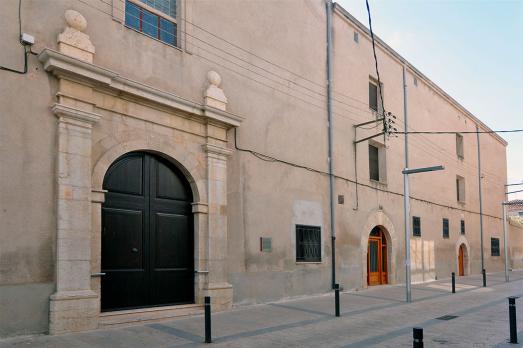
Ulldecona, ES
The foundation of this monastery was carried out thanks to the initiative of Romuald Simón de Pallarès, knight of the Order of the Hospitallers and commander of Ulldecona since 1669. During the Civil War the nuns were expelled and the establishment seized, but it was recovered in 1940 and is still active.
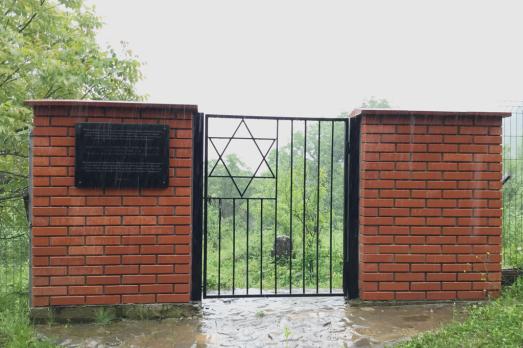
Monastyrets, UA
The period of the cemetery’s establishment is unknown. It first appears on a cadastral map of 1865. The fence was installed by ESJF in July 2016.

Monchique, PT
Monchique Parish Church (Igreja Matriz de Monchique) is a 16th-century church portraying different architectural styles but with a clear influence of the Manueline style.
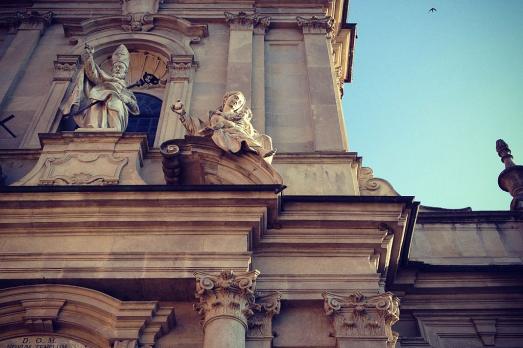
Mondovì, IT
The current Mondovi Cathedral was built according to the plans of the architect Francesco Gallo between 1743 and 1753 and consecrated ten years later by Bishop Michele Casati. The first cathedral was the parish church of San Donato (12th century), which was replaced by a new Renaissance church at the beginning of the 16th century. The latter was demolished by order of Duke Emanuele Filiberto in 1574, then the church of San Francesco became the cathedral before giving way to the present cathedral.
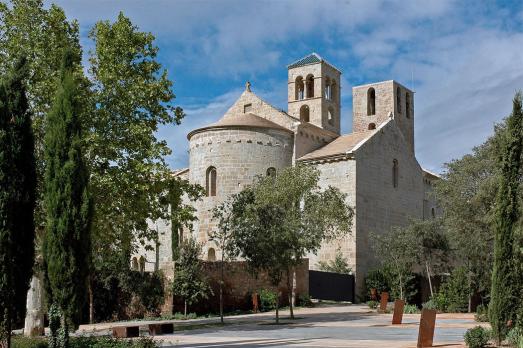
Sant Fruitós de Bages, ES
The Monastery of Sant Benet de Bages was founded in the 10th century. It currently serves as a museum promoting the monastic history of the place and also offers various gastronomic and nature experiences.

Girona, ES
The monastery of Sant Daniel was established in the 11th century by Ramon Borrell (972-1017) and Ermessenda de Carcasona (c975-1058), Counts of Barcelona, Girona and Osona. The Romanesque church is the oldest building of the complex, built after its foundation. The cloister, also Romanesque, dates from the end of the 12th century.
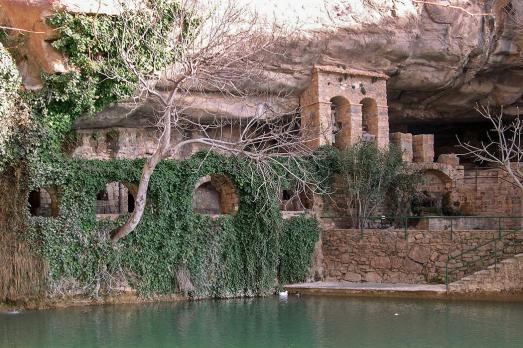
Riells del fai, ES
The Monastery of Sant Miquel del Fai was founded by Gombau de Besora, lord of the nearby castle of Montbui, in the 11th century. The monastery is located in a stunning natural environment, surrounded by caves and waterfalls.

Rabós, ES
The monastery of Sant Quirze de Colera's origins are unclear, but according to documentary evidence, it was active in the 8th century. The church, which has three naves and a transept together with cloister ruins, defensive features, and outbuildings, is the most important building of the whole complex.
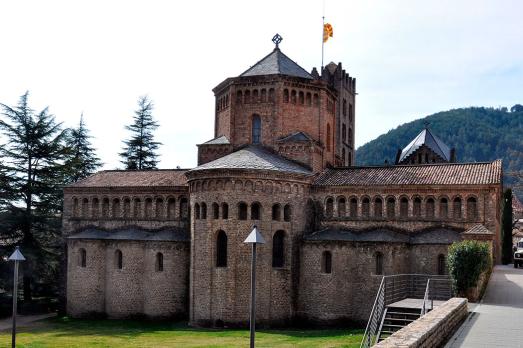
Ripoll, ES
The monastery of Ripoll, along with other monasteries in the area, played a central role in the colonisation and repopulation of the Ripoll valley on the northern slopes of the Pyrenees in the 9th century. The monastery was expropriated during the Spanish confiscation in the 19th century. The complex was restored in 1863 and in 1893 the church of Santa Maria was consecrated again.
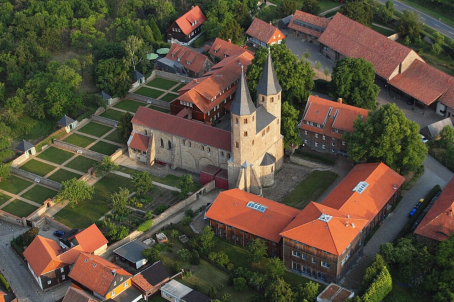
new
Nestled amidst the serene landscapes of the Harz region, lies a hidden gem for nature enthusiasts and history buffs alike - the Harz Monastery Hiking Trail. Lace up your hiking boots and embark on this captivating adventure that will transport you back in time.
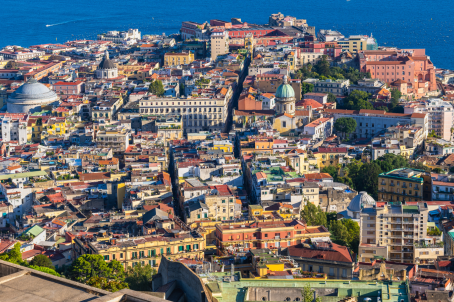
The Holy Mile (Miglio Sacro) of Naples is a one-mile-long itinerary, through sacred places linked to the city's patron saint, San Gennaro, in the Rione Sanità district. Discover the city from a new perspective with this unique walking tour.
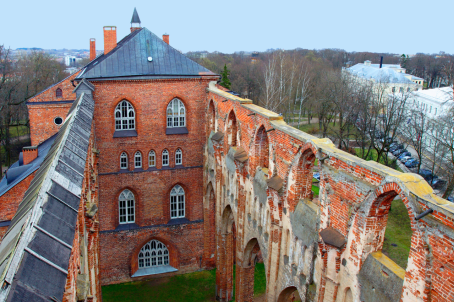
As a university city, cultural offerings abound in Tartu and will reach their peak after being designated one of three European Capitals of Culture for 2024. In this list, we've compiled the most interesting sacred places to visit in and around the old town.